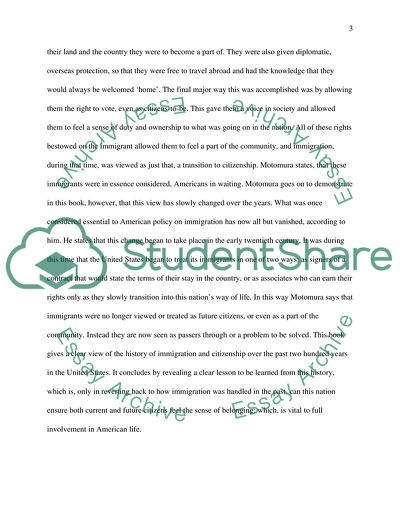Cite this document
(“Americans in Waiting, by Hiroshi Motomura Book Report/Review”, n.d.)
Americans in Waiting, by Hiroshi Motomura Book Report/Review. Retrieved from https://studentshare.org/literature/1576984-americans-in-waiting-by-hiroshi-motomura
Americans in Waiting, by Hiroshi Motomura Book Report/Review. Retrieved from https://studentshare.org/literature/1576984-americans-in-waiting-by-hiroshi-motomura
(Americans in Waiting, by Hiroshi Motomura Book Report/Review)
Americans in Waiting, by Hiroshi Motomura Book Report/Review. https://studentshare.org/literature/1576984-americans-in-waiting-by-hiroshi-motomura.
Americans in Waiting, by Hiroshi Motomura Book Report/Review. https://studentshare.org/literature/1576984-americans-in-waiting-by-hiroshi-motomura.
“Americans in Waiting, by Hiroshi Motomura Book Report/Review”, n.d. https://studentshare.org/literature/1576984-americans-in-waiting-by-hiroshi-motomura.


